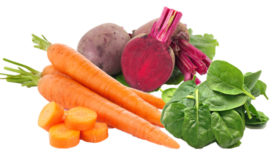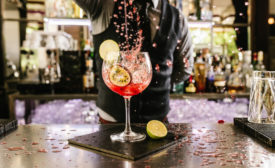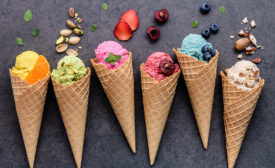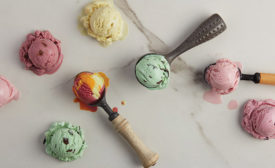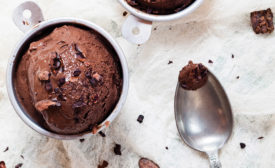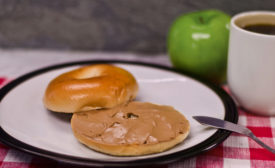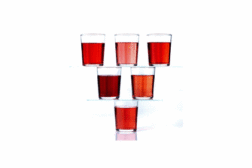Home » colors
Articles Tagged with ''colors''
INGREDIENT SHOWCASE
Ingredient suppliers highlight the latest solutions for natural colors
April 25, 2023
INGREDIENT SHOWCASE
Ingredient suppliers highlight the latest solutions for flavors, botanicals and masking agents
March 14, 2023
Dairy products find natural hues
Dairy processors continue to seek out clean-label coloring options, but they come with some challenges.
September 1, 2021
Color considerations for today’s dairy aisle
Brands could win over digital-savvy consumers by being more inventive in how they use colors to differentiate their products, creating aesthetically exciting and “like-worthy” food experiences.
September 22, 2020
Stay ahead of the curve. Unlock a dose of cutting-edge insights.
Receive our premium content directly to your inbox.
SIGN-UP TODAYCopyright ©2024. All Rights Reserved BNP Media.
Design, CMS, Hosting & Web Development :: ePublishing

